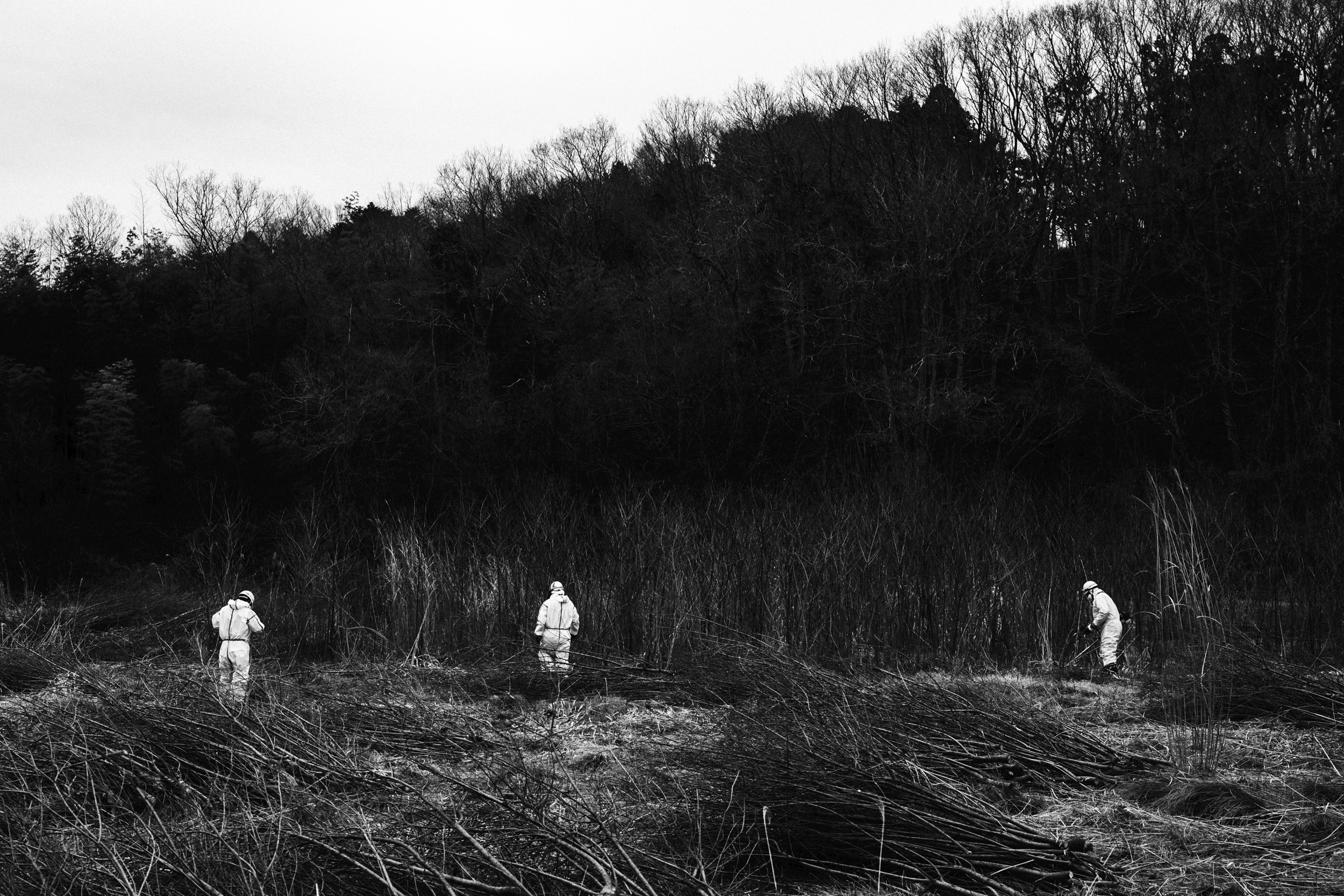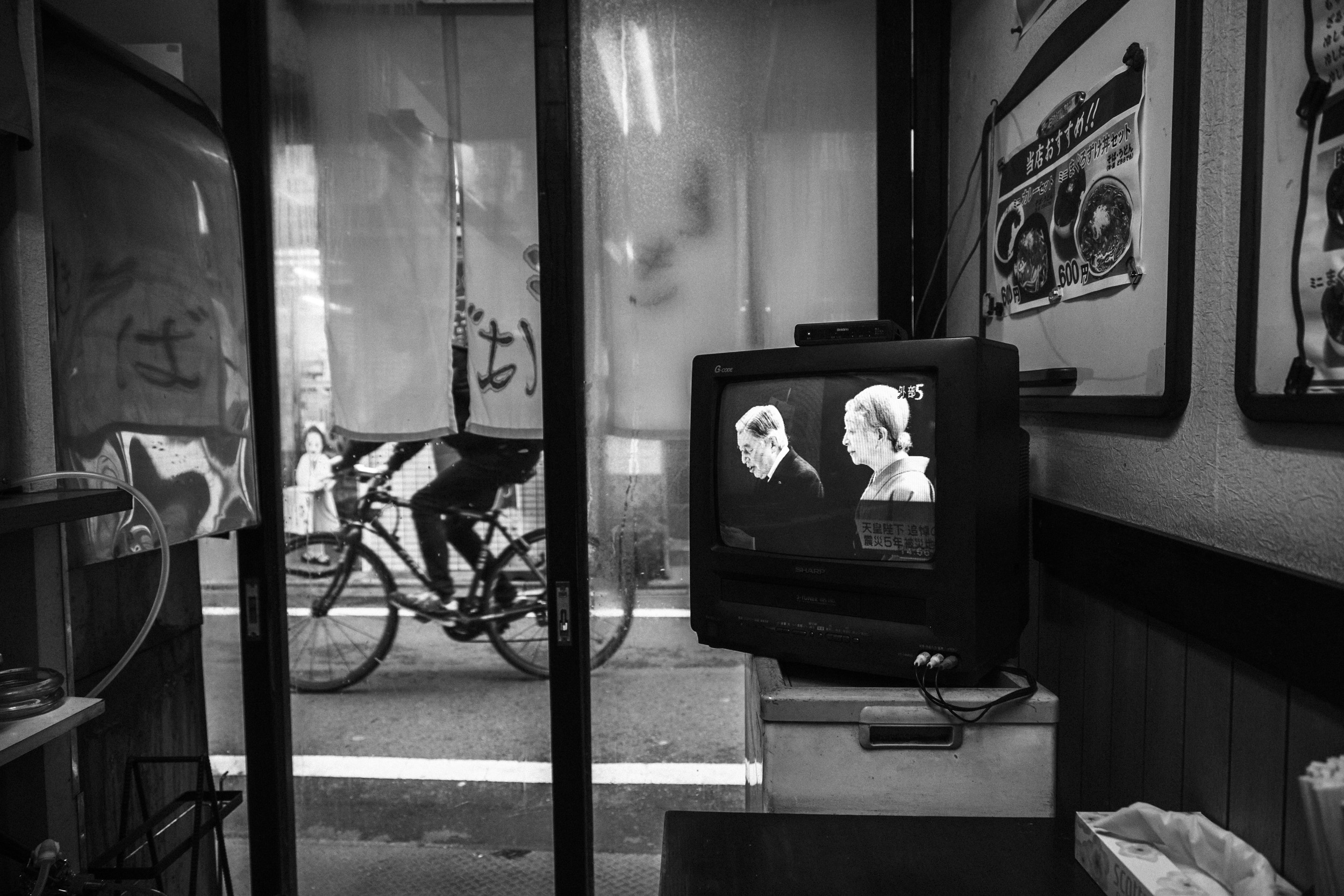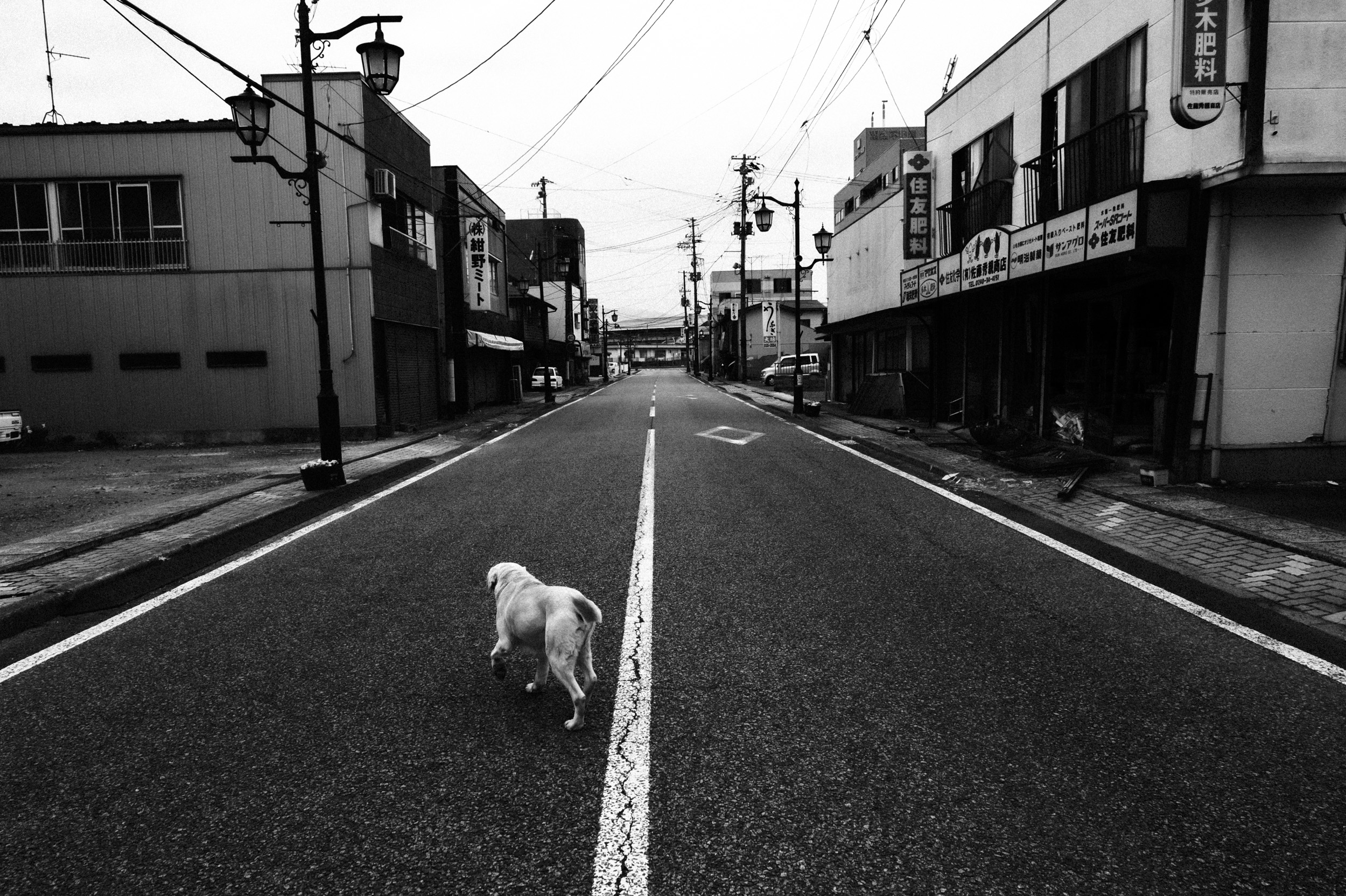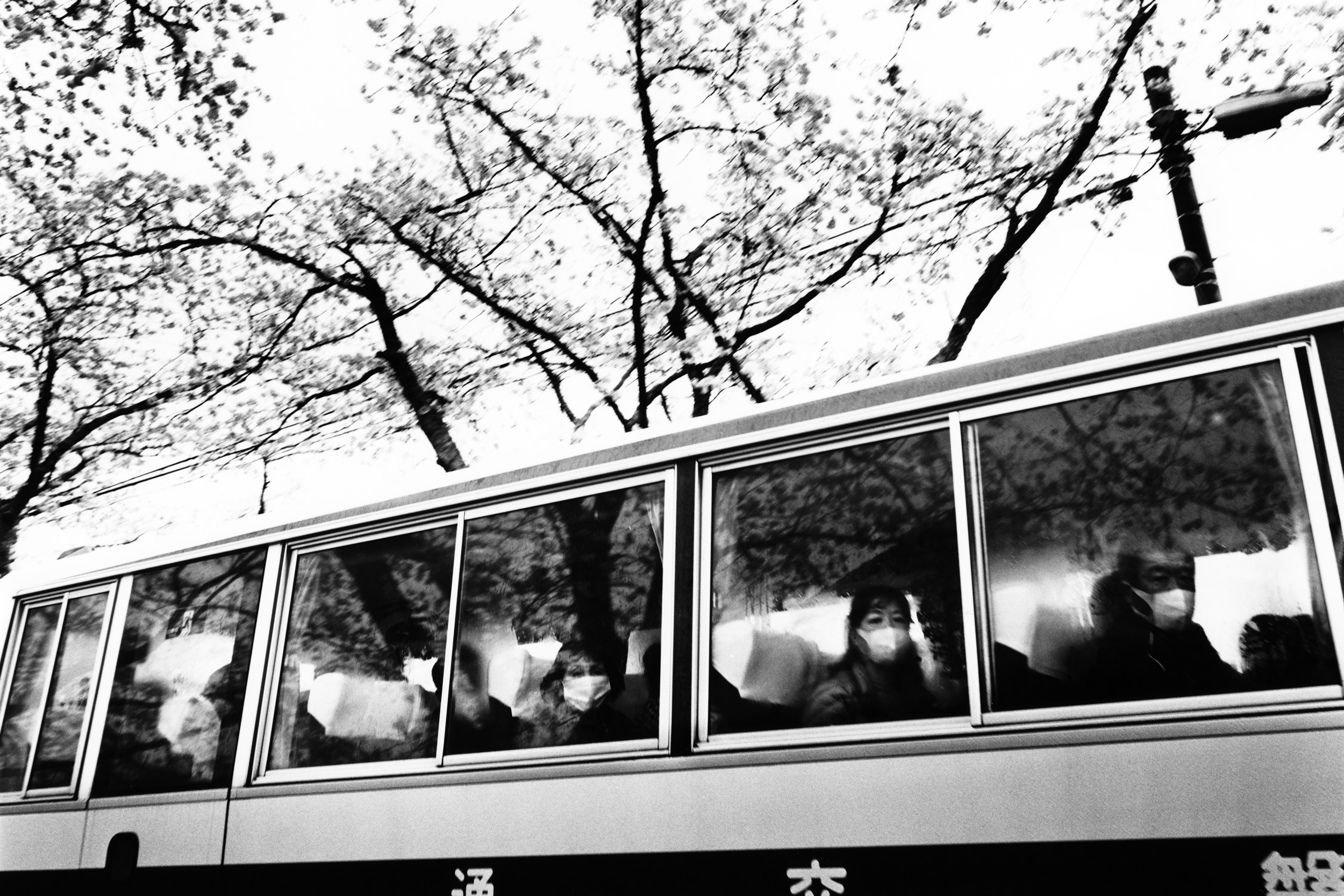Shin Yahiro Examines Life in Fukushima
In the series 'fukushima', the photographer highlights the ambivalence of a city struck by a nuclear disaster and that relied on the power plant.

Okuma Town, Futaba County, Fukushima Prefecture. Decontamination of large areas of land to bring residents home has been underway since 2012. Although the decontamination of other towns and fields is now complete and residents can return, most of Okuma town will still be in the zone that makes it difficult to return in 2020. © Shin Yahiro
In March 2011, Japan was struck by an earthquake that led to a tsunami, which in turn catalysed a nuclear disaster at the Fukushima power plant on the north-east coast of the country. The catastrophe acted as a trigger for photographer Shin Yahiro. ‘I’m ashamed to say that I never expected such a disaster to happen in Japan before the nuclear accident happened. It also made me reflect on the fact that I didn’t think much about Japan and the problems faced by my country’, he explains to Pen.
Shin Yahiro is a freelance photographer and director born in 1979. He specialises in documenting social issues, conflicts, and natural disasters, and left Japan after 11 September 2001 to travel around the world and hone his photography, having taught himself. Stopping off in the Middle East and Europe as well as Iraq, Afghanistan, and Tibet, Shin Yahiro visited multiple destinations before returning to Tokyo.
A mirror of Japanese society
From 2011, he visited Fukushima Prefecture several times and started working on a photographic project in black and white that led him to capture the ambivalence of the city. ‘When I visited the city again recently, I realised that it was a place that represented Japanese society, particularly the people and the communities involved in the power plant, for better and for worse.’
His photographs present damaged interiors where time appears to have stood still since the disaster, and scenes that reveal the return to normal life and everyday routine, with adolescents made up for a show and a taxi driver waiting for a client.
The photographer also visited the surrounding villages, and there too he photographed this ridgeline. ‘I think I was looking for a sense of discomfort that I hadn’t been able to articulate in my own mind’, Shin Yahiro concludes. Since 2011, the photographer has worked on more projects connected to the Fukushima disaster, including two other series on this theme: Tsunami 2011 and To me who was a child at that time.
fukushima (2011-), a series of photographs by Shin Yahiro, can be found on his website.

Motomiya City, Fukushima Prefecture. Tsuyoshi Konno, who used to run a dairy farm in Namie Town, moved to Motomiya City after the nuclear accident and is now running a dairy farm again. He once raised a cow that won the first prize at a dairy cattle show. © Shin Yahiro

Setagaya Ward, Tokyo. The fifth anniversary of the disaster. The mourning speech of the Emperor of Japan was broadcast nationwide. © Shin Yahiro

Namie Town, Futaba County, Fukushima Prefecture. A dog wanders through an empty town. Namie town was located within a 20-kilometre radius of the nuclear power plant and nearly all of the town's residents were evacuated due to the nuclear accident. The following month, it was designated a restricted area. The dogs left behind by their owners always followed me. Namie town lifted the no-go zone in 2017, but the mountain side of the town is still restricted due to high radiation levels. © Shin Yahiro

Tomioka town, Futaba County, Fukushima Prefecture. Evacuated residents admire the cherry blossoms from a bus. Tomioka town is known for its beautiful cherry trees. A cherry blossom-viewing event was organised by the town of Tomioka. The evacuees were invited to watch the cherry blossoms from the bus, but they were not in bloom and it was raining. © Shin Yahiro
TRENDING
-
The Tattoos that Marked the Criminals of the Edo Period
Traditional tattoos were strong signifiers; murderers had head tattoos, while theft might result in an arm tattoo.

-
Chiharu Shiota, Red Threads of the Soul
Last year, more than 660,000 people visited the retrospective 'Chiharu Shiota: The Soul Trembles' exhibit at the Mori Art Museum.

-
‘Before Doubting Others, Doubt Yourself. Who Can Truly Say a Dish Isn’t What It Used to Be?’
In ‘A Non-Conformist’s Guide to Surviving Society’, author Satoshi Ogawa shares his strategies for navigating everyday life.

-
The Story of Sada Yacco, the Geisha who Bewitched Europe
Described by Dazed magazine as the first beauty influencer, she has been restored to her former glory since 2019.

-
Ito Jakuchu's Naturalist Paintings
From 15 September until 14 October 2018, the Petit Palais showcased the artist's iconic ‘Images of the Colourful Realm of Living Beings’.





